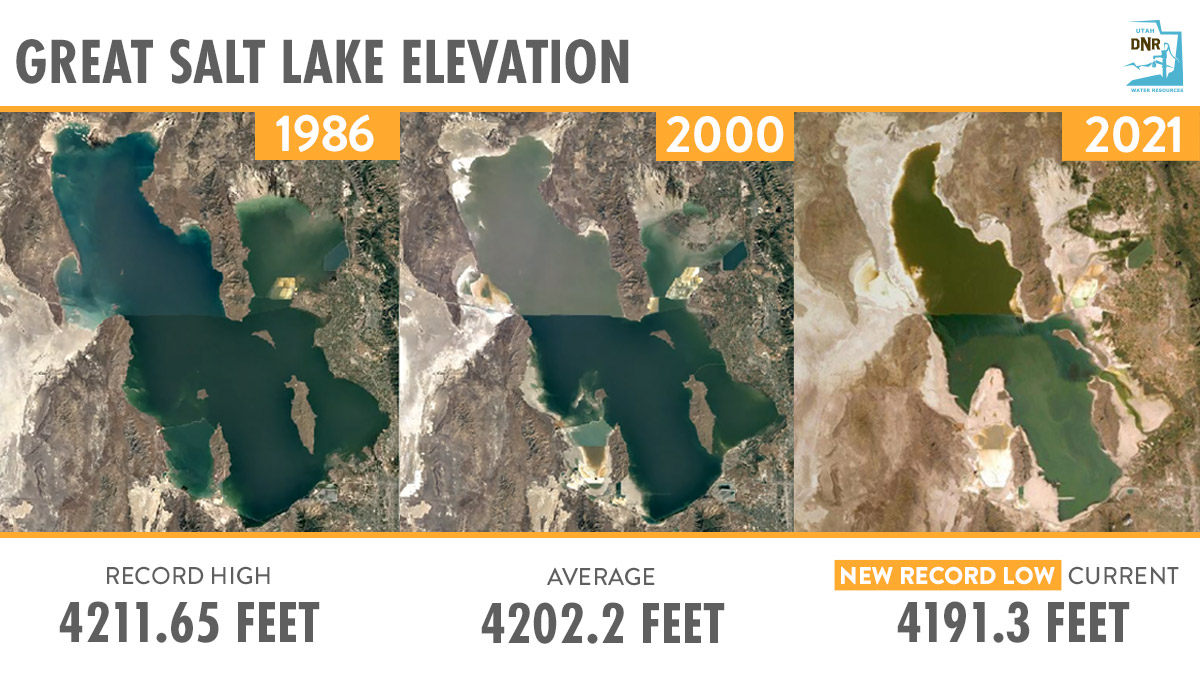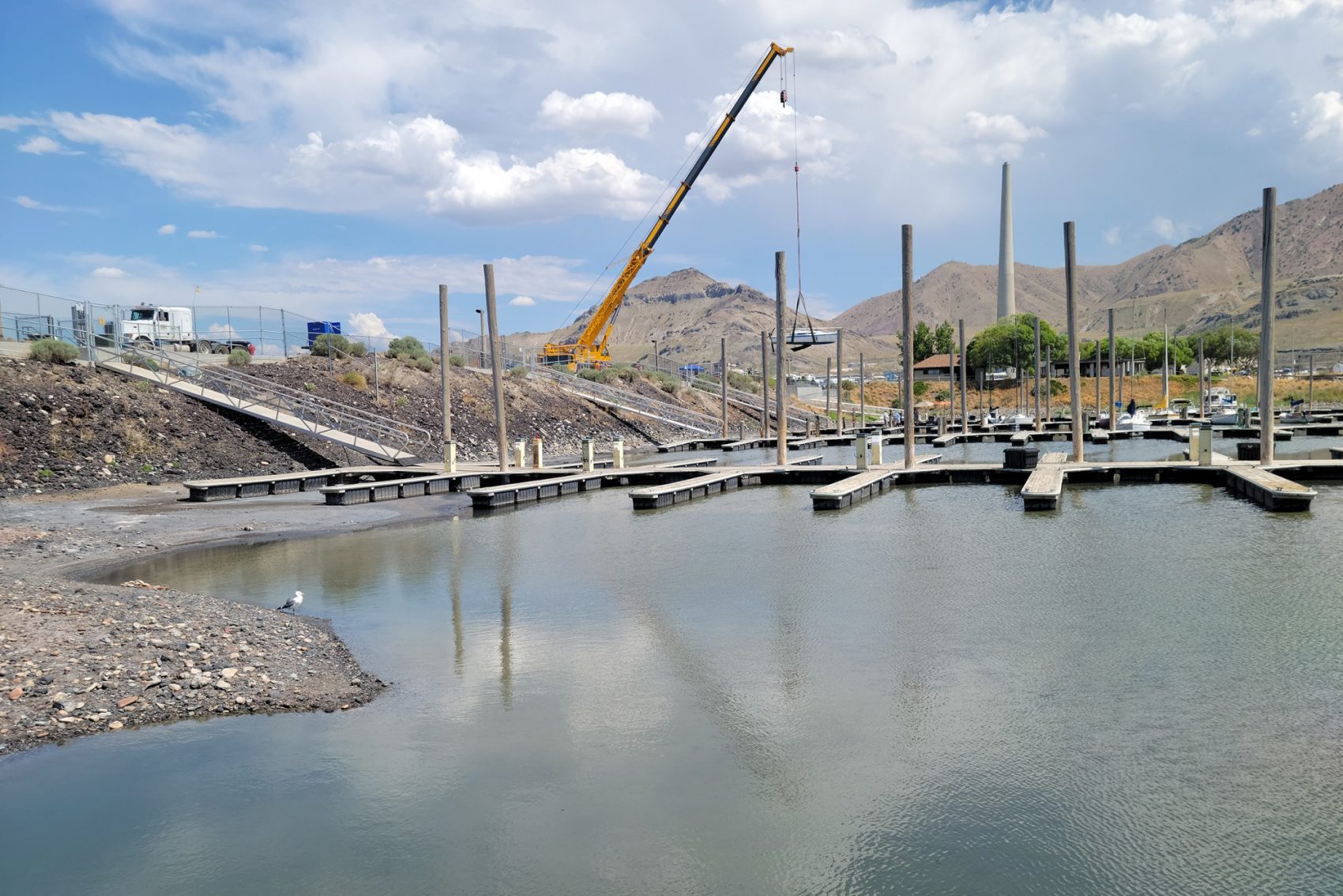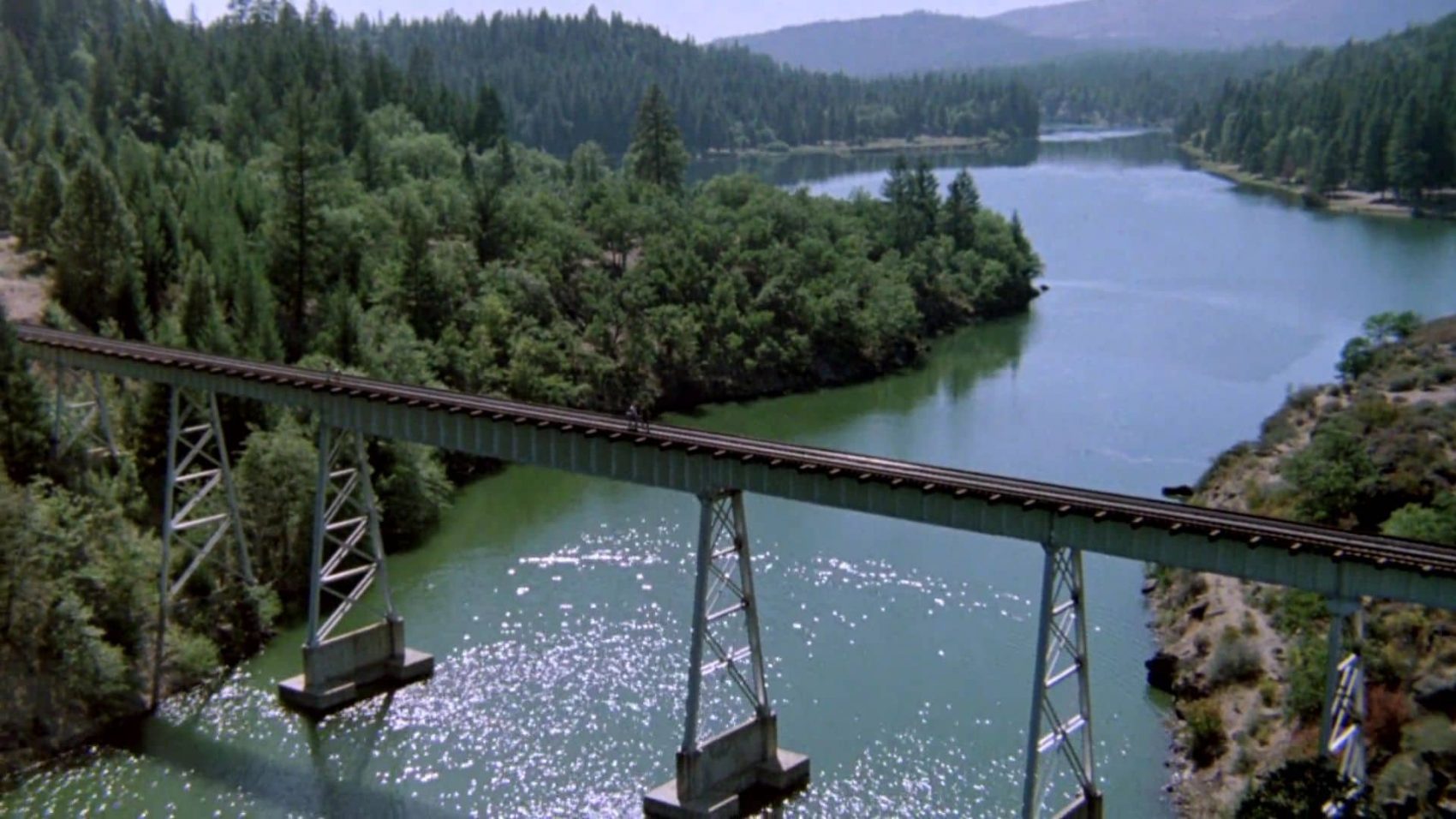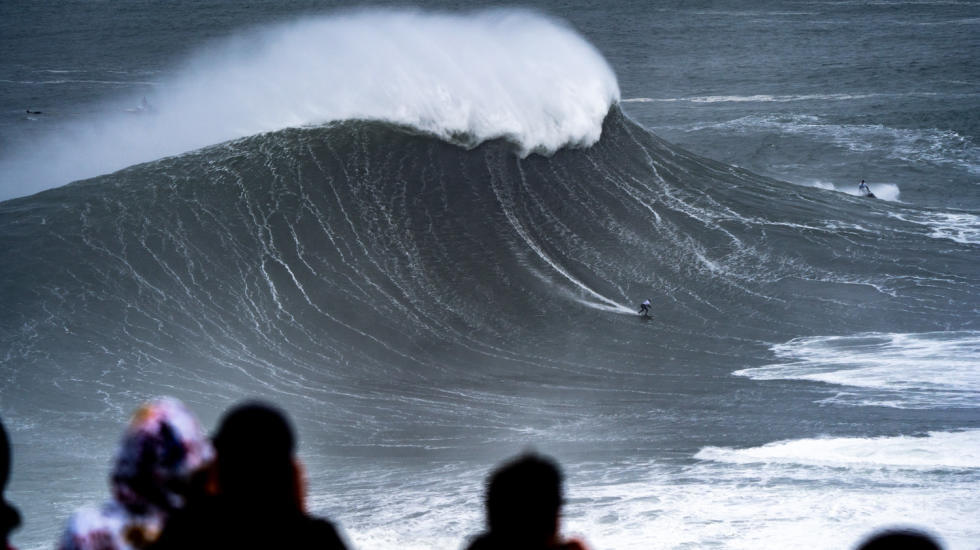
Extreme drought has caused the southern portion of Utah’s Great Salt Lake to reach its lowest-ever recorded water level. It’s a concerning milestone for the largest natural lake west of the Mississippi River and the largest natural salt lake in the western hemisphere.
On Saturday, the U.S. Geological Survey announced average daily water levels had dropped about an inch below the previous record of 4,191.4 feet (1,278 meters), which was set in 1963. Climate experts say the record-low is an effect of a megadrought that has impacted water supplies across the West.
The new record comes months earlier than when the lake usually hits its lowest level of the year, signaling that water levels could continue to drop even further, according to Candice Hasenyager, the deputy director of Utah’s Division of Water Resources who spoke with the Associated Press. This could have dire implications for the region and its inhabitants surrounding the Great Salt Lake, located only a few miles west of Salt Lake City.
Great Salt Lake has reached the new historic low according to USGS. GSL has been declining for some time; current #drought has accelerated its fall. The previous record was set in 1963 at 4191.4. USGS maintains records back to 1847. https://t.co/9GZuOLRuTT pic.twitter.com/b3hNdZlpN2
— Utah Water Resources (@UTAHSavesH2O) July 24, 2021
Low water levels are already a problem for pelicans that use the lake as a nesting spot. NBC News reports that local officials suspect that a respiratory disease that killed wild sheep in Antelope Island State Park occurred due to the formation of a land bridge linking the island to the mainland, which likely wouldn’t have happened if water levels weren’t dramatically shrinking. On top of that, owners of boats docked in the Great Salt Lake are hoisting them out of the water to avoid them getting stuck in the mud, the AP reports.
Scientists hypothesize that as the lake continues to shrink, more windborne arsenic dust from the dry lakebed could blow into public areas, potentially affecting public health. Salt Lake City already has one of the worst air quality levels in the country and blowing arsenic dust would only worsen that. NBC News reports that other potential impacts, such as increased salinity which could affect the algae, bacteria, brine shrimp, and brine flies living in the lake are possible along with a major shift in the lake’s geography.
According to Utah’s Division of Water Resources Candice Hasenyager, human activity has been one of the biggest reasons for the lake’s dwindling water supply. In specific, increased water consumption for farming, mineral extraction, and the region’s industry sectors are likely all contributing to its receding water levels. The U.S. Drought Monitor currently shows that 99% of the state is confronting “extreme” or worse drought conditions, with 70% of the state at the highest category of “exceptional” drought.
“This is what climate scientists have projected, that we would see more extremes and higher temperatures,” Hasenyager said. “And that’s what we’re seeing.”
Scientists have been warning us for a long time that the weather will get wilder—more sporadic and unpredictable—as the world continues to warm. The West is much warmer and much drier than it was 30 years ago. And the current drought isn’t expected to improve anytime soon. In fact, Utah Governor Spencer Cox has even asked state residents to pray for rain to help end the drought. But it doesn’t seem to be working yet. Ryan Rowland, the data chief at the USGS’s Utah Water Science Center, told NBC News that “We think [the Great Salt Lake] could drop another foot to a foot and a half” over the rest of the year.





